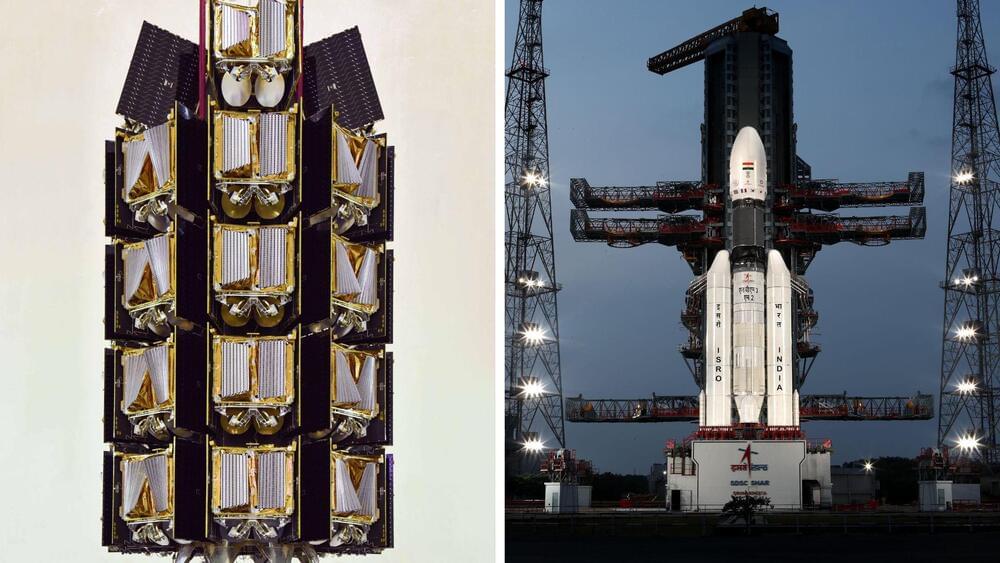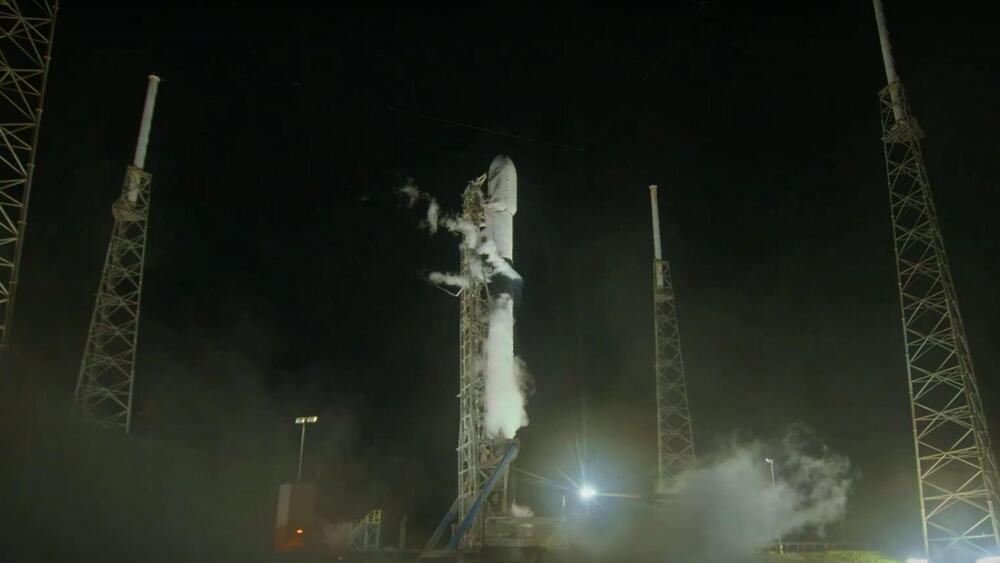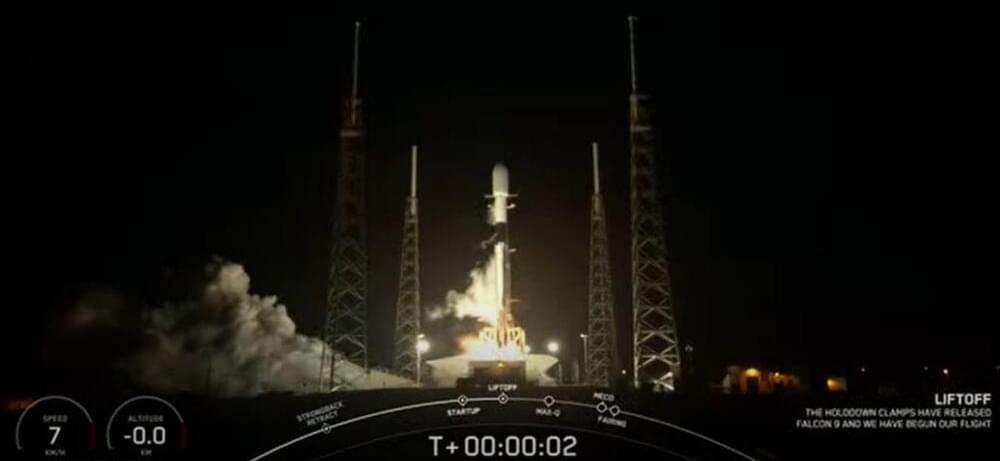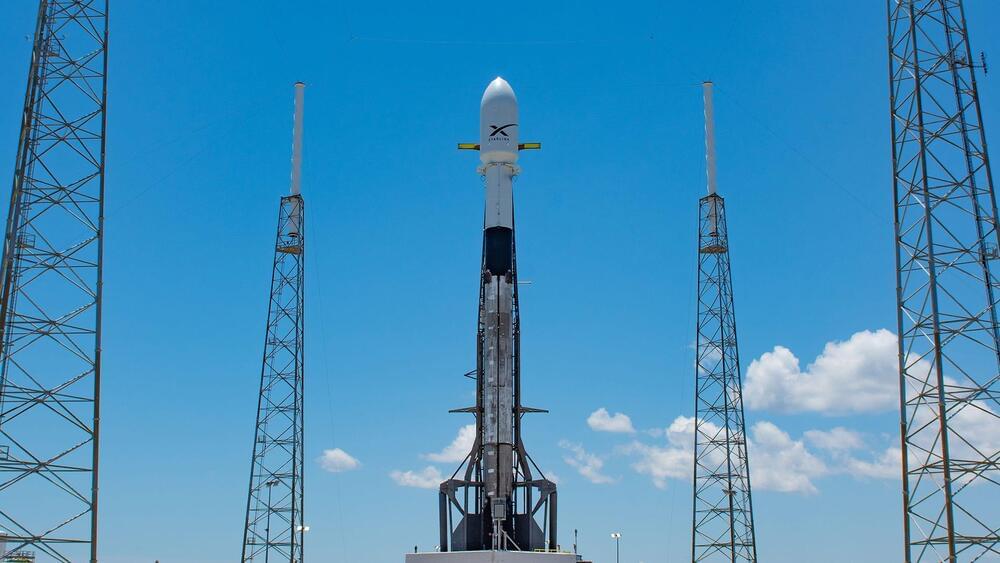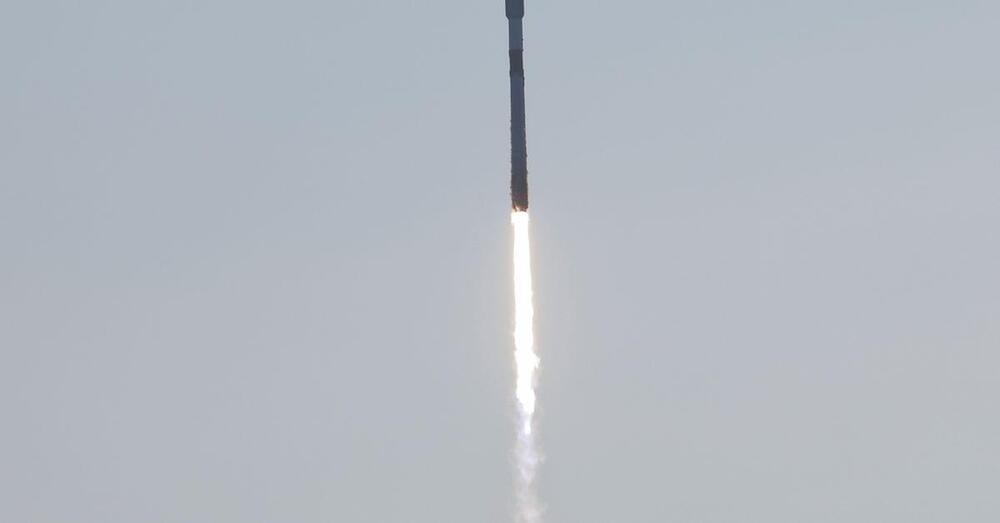Dec 31, 2022
Trillions of tiny, self-replicating satellites could unlock interstellar travel
Posted by Atanas Atanasov in categories: biological, chemistry, genetics, satellites
Alpha Centauri, here we come.
However, while technology has indeed advanced a long way since the 1940s, it still seems like we are still a long way from having a fully functional von Neumann machine. That is unless you turn to biology. Even simple biological systems can perform absolutely mind-blowing feats of chemical synthesis. And there are few people in the world today who know that better than George Church. The geneticist from Harvard has been at the forefront of a revolution in the biological sciences over the last 30 years. Now, he’s published a new paper in Astrobiology musing about how biology could aid in creating a pico-scale system that could potentially explore other star systems at next to no cost.
Continue reading “Trillions of tiny, self-replicating satellites could unlock interstellar travel” »


